
Styrax platanifolius, a rare plant species primarily from Central and West Texas as well as Coahuila, Mexico, has long been subject to taxonomic debate. The species is currently considered to contain five subspecies which are mostly distinguished by their pubescence. Genotyping Styrax platanifolius subspecies platanifolius, stellatus, and texanus (currently limited sampling of mollis and youngiae) […]
Read More…
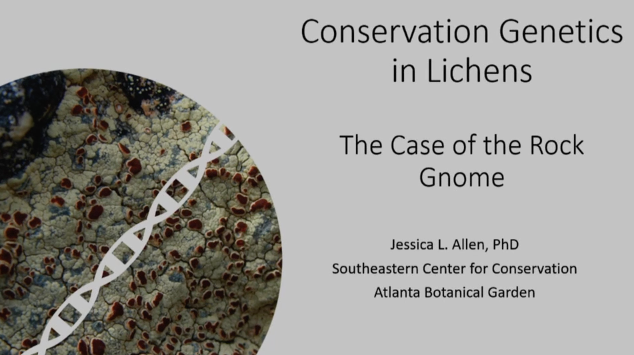
Jessica L. Allen, PhD, Southeastern Center for Conservation, Atlanta Botanical Garden Dr. Allen outlines a conservation genomics approach to assessing genetic diversity between geographically separated populations of the Rock Gnome lichen, a Southern Appalachian endemic. Her results show that each locale sampled has a genetically distinct population. This suggests that the management plan for this lichen should include protecting […]
Read More…
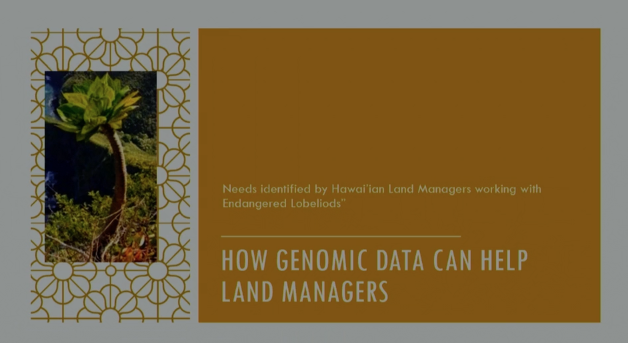
Dr. Jeremie Fant, Chicago Botanical Garden Many land managers are aware of the value of genetic data for making important decisions for the management of rare species. In the ever-expanding world of Genomics, practitioners now have access to more comprehensive and accurate data. However, the speed of change can make it hard to keep up […]
Read More…
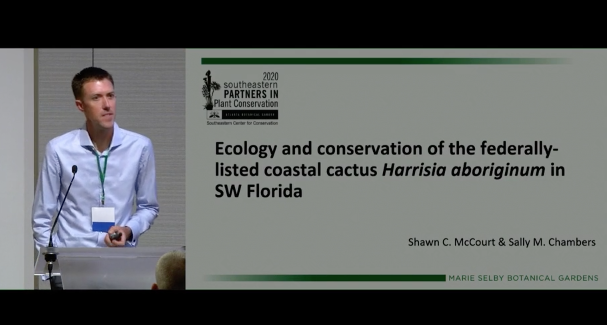
Shawn C. McCourt, Sally M. Chambers, and Bruce K. Holst, Marie Selby Botanical Gardens The genus Harrisia (Cactaceae) comprises 20 narrowly endemic species of night-blooming cacti with two widely separated geographic ranges, including South America south of Amazonia, as well as the West Indies and southern Florida. Commonly known as aboriginal prickly-apple, H. aboriginum is […]
Read More…
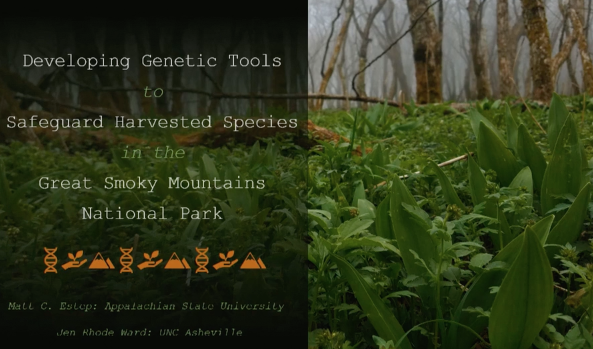
Dr. Matt Estep, Appalachian State University Jennifer Rhode Ward, University of North Carolina at Asheville Many plant species are being driven towards rarity due to exploitation for food, medicine, or the nursery trade. Land managers in the Smoky Mountain National Park are particularly concerned about two plant species: cutleaf coneflower / Sochan (Rudbeckia laciniata), and […]
Read More…
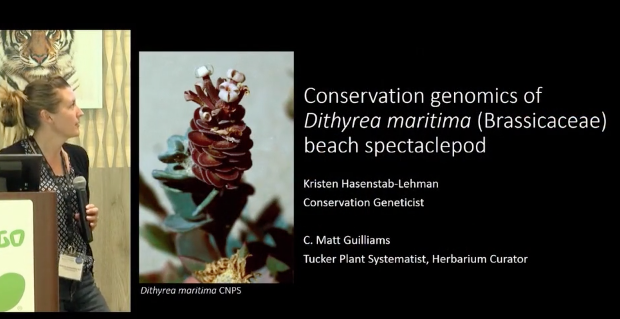
Kristen Hasenstab-Lehman, C. Matt Guilliams, Santa Barbara Botanic Gardens Dithyrea maritima (Davidson), or beach spectaclepod, is a dune specialist endemic to coastal dunes from central California, United States, to northwestern Baja California, Mexico. Individuals of this perennial herb spread by rhizomes, forming a diffuse colony of ramets, each terminating in rosette of 1 to several fleshy leaves, […]
Read More…
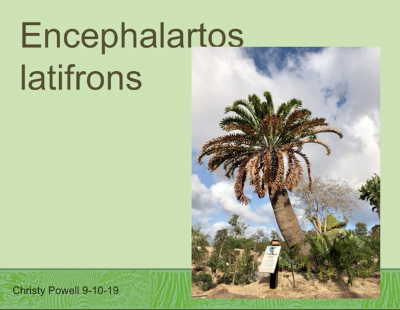
Christy Powell, Brian Dorsey, San Diego Zoo Global, Huntington Botanical Garden As the most endangered group of plants on the planet, cycads (Cycadales) face a number of threats to their continued existence. Efforts to preserve these iconic plants (in situ reserves and ex situ collections) could benefit greatly from a better understanding of population genetic […]
Read More…

Kyle L. Gunther, Sula Vanderplank, Jon P. Rebman, Andres Orduño Cruz, & Lluvia Flores-Rentería, San Diego State University, San Diego Natural History Museum, San Diego Zoo Global, Centro de Investigaciones Biológicas del Noroeste California and the Baja peninsula are home to high levels of floral abundance, diversity, and endemism. Much of this region is part of […]
Read More…
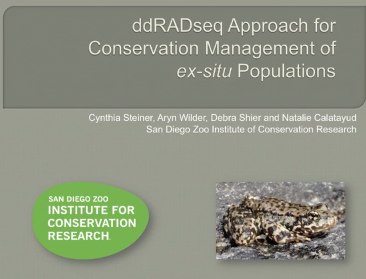
Cynthia Steiner, Aryn Wilder, Debra Shier and Natalie Calatayud, San Diego Zoo Institute of Conservation Research Among the main roles of conservation management is to mitigate the negative effect of anthropogenic activities in nature by ensuring the persistence of biodiversity and species in the wild. Conservation geneticists have recently developed a new toolbox of genomic […]
Read More…
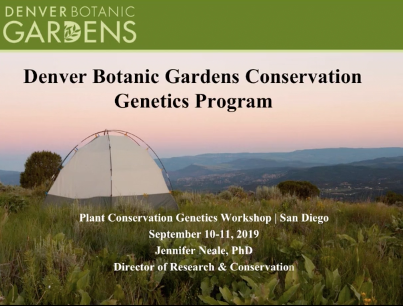
Dr. Jennifer Ramp Neale, Director of Research and Conservation, Denver Botanic Garden The primary objective of research at Denver Botanic Gardens is the conservation, preservation, and documentation of native Colorado flora by serving as an active center of biodiversity research for the Southern Rocky Mountain region. In order to fill a gap in botanical expertise […]
Read More…

Shannon Fehlberg, Desert Botanical Garden The Acuña cactus, Echinomastus erectocentrus var. acunensis, is an endangered species with a restricted distribution in the Sonoran Desert in southern Arizona and northern Sonora, Mexico. Population-level genetic analyses for this species are lacking, and taxonomic boundaries between E. erectocentrus var. acunensis and its close relatives E. erectocentrus var. erectocentrus […]
Read More…










